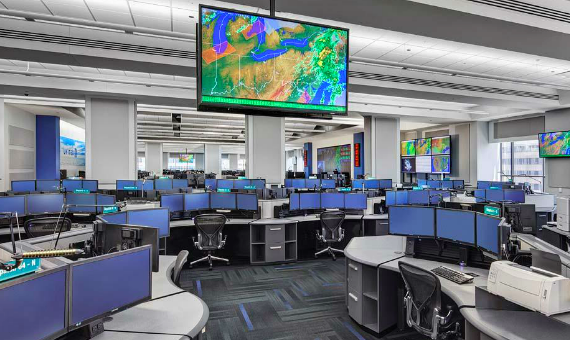Apparently, the current generation of workers spend more than one-third of their waking hours in the office. Overall, the average person spends in excess of 90,000 hours at work during their lifetime, with this number increasing as the national retirement age also continues to rise.
This seems to provide a stark juxtaposition with technological advancement in the workplace, which continues to promote remote working and streamline typically time-consuming work processes.
In this post, we’ll considerhow technology will continue to impact on the workplace in the future, placing a particular emphasis on emerging testing software (CMMS).
How the Equipment and Software Testing Market has Soared

According to the most recent figures, the global equipment and software testing market is set to enjoy sustained and consistent growth over the course of the next five years.
The “Global General Purpose Test Equipment (GPTE) Market 2019-2023″ report confirmed that the sector will grow at a Compound Annual Growth Rate (CAGR) of 4.93% between now and 2023, with further expansion forecast beyond this point.
This market hasn’t always been so buoyant, however, while the niche for testing software remains in a fledgling stage of development. The market has its origins in quality assurance, however, with testing having evolved as a way of fulfilling specific business goals and delivering a seamless user experience wherever possible.
This sector has also seen significant growth and diversification as technology has evolved, with a wider range of PC specifications being introduced to the market. More specifically, it was during this time that programmers faced increased pressure to develop software that worked across numerous devices and variable user needs, and this established a template for the innovations featured in the current marketplace.
After all, the increasingly demanding nature of technology (and the requirement for more frequent software releases as the pace of technological advancement increased), created a need for more robust and aggressive testing.
Similarly, software testing suddenly needed to be applied on a continual basis, raising the stakes for the market and boosting its financial potential.
How Will this Continue to Impact on the Workplace in the Future?
The evolution of this market has had a pronounced impact on the workplace, as testing software helps to optimise the performance of people, equipment and other assets featured within specific businesses.
As the market continues to diversify, we’ll also see it impact on a larger number of business elements, including the delivery of preventative maintenance and the real-time management of parts inventories.
As testing software solutions are developed to be increasingly targeted and accurate, businesses will continue to reap the rewards in terms of efficiency, speed of delivery and inventory management.
Current products are already estimated to reduce administration costs by around 60%, and this percentage could well increase in an age of sustained innovation.
Leave a Reply